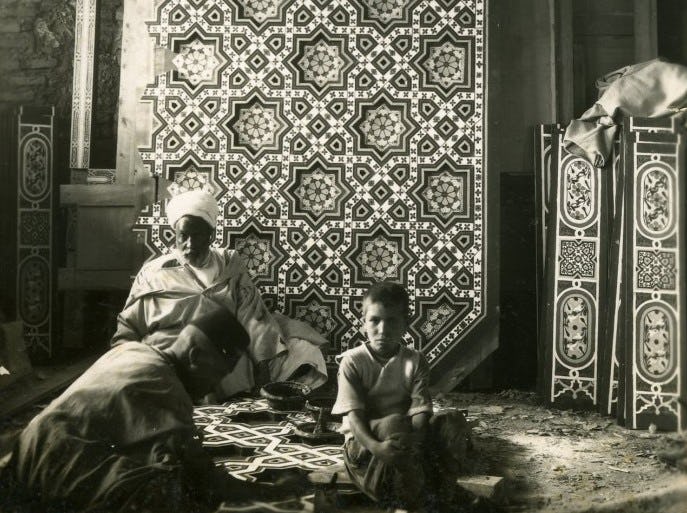Pair of Inscribed Silver Doors with Arabesques and Vegetal Ornaments
Date18th - 19th century
PeriodQajar
MediumSilver
DimensionsEach door: 41 7/8 x 15 1/2 x 1 11/16 in. (106.4 x 39.4 x 4.3cm)
ClassificationsMetalwork
Credit LineCourtesy of the Doris Duke Foundation for Islamic Art
Object number57.3a-b
DescriptionThis pair of small metal hinged doors once marked the entrance to a shrine in Iran. The central panel of each door is elaborately ornamented with a field of dense, interlacing arabesques radiating from a 12-pointed star pattern. Each of the doors is inscribed with lengthy Arabic inscriptions, beginning at the upper right corner and extending around the parameter. The inscriptions request permission to enter and make a visitation to the shrine. Cartouches within the central panel are also inscribed in Arabic; The bottom left inscription contains part of a sura (verse) of the Quran, (7:205), reading:وَلَا تَكُن مِّنَ ٱلْغَٰفِلِينَ
“and be not among the negligent.”
The reverse side of the door is engraved with a star-and-cross design, resembling a pattern frequently occuring in Ilkhanid ceramics. The door is signed by Muhammad Amin al-Kirmani (perhaps the silversmith). Silver-covered doors were made for shrine complexes, called āstānas, during the Qajar period, especially by craftsmen of Isfahan.
Visitation to shrines, or emāmzādas, is central to Shi’a Islam, whicih has been the official religion of Iran since the rule of the Safavid dynasty (1501–1736). People at all levels of society participated in these pilgrimages. Those who could travel abroad visited important shrines, such as of 'Ali at Najaf or the shrine of Husayn in Karbala. Less well-to-do people might visit local shrines, which were present in every town or village.
On View
On viewCollections
19th - 20th century
Dated 1271 AH (1854-1855 CE)
Dated AH 1291 (1874 CE)
Dated AH 1291 (1874 CE)
18th-19th century
19th - 20th century
















